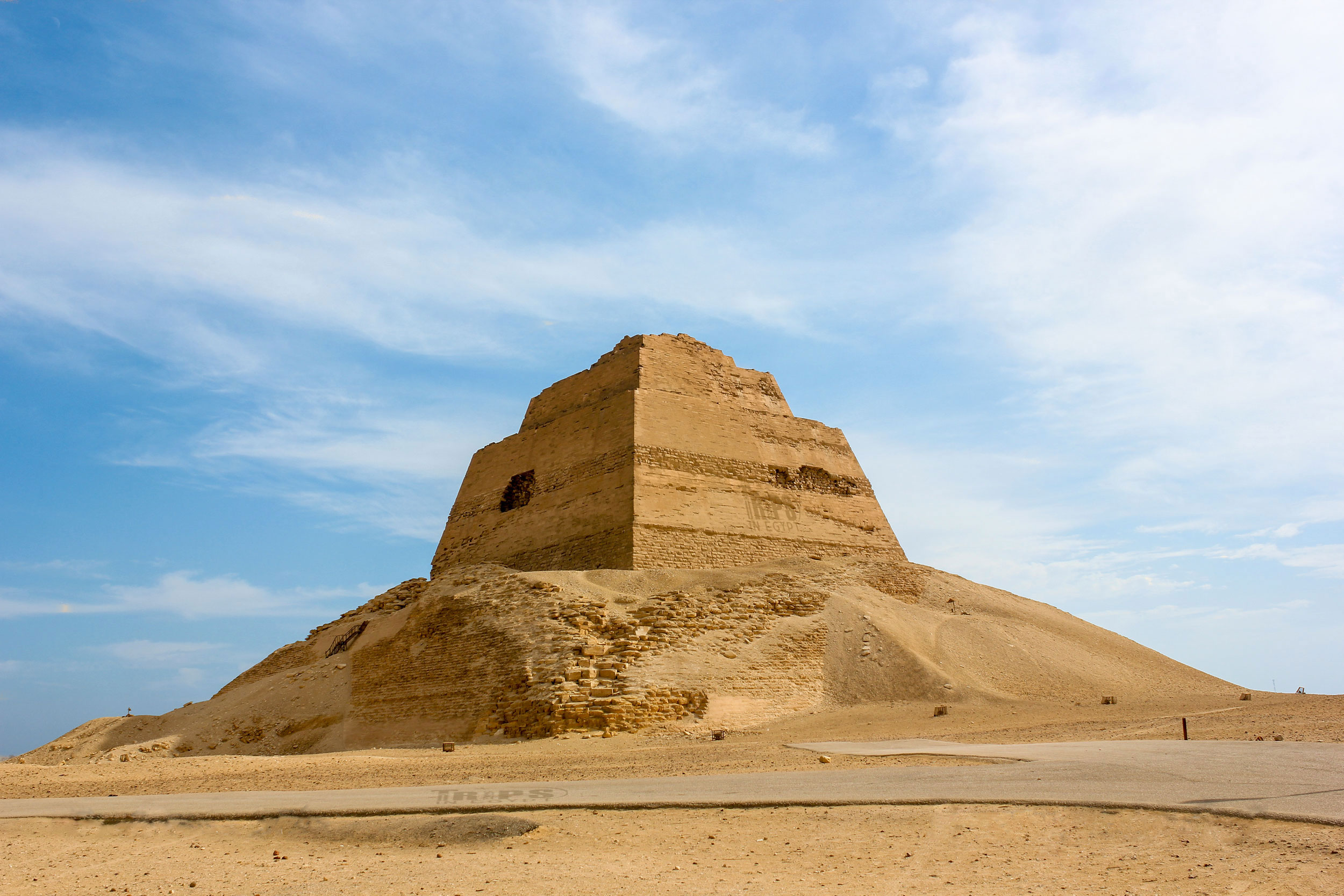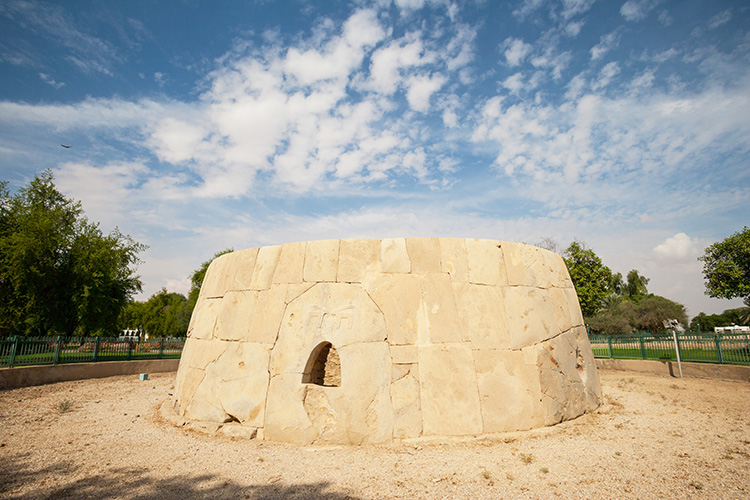Great Orme Copper Mines, Llandudno, Wales, UK
The Great Orme Copper Mines are located under a limestone promontory near Llandudno, on Wales' north coast. It dates back over 4,000 years and is one of the world's largest known prehistoric mines, with five miles (8 kilometers) of tunnels and corridors, some of which are thought to have been excavated by children. The mines altered our perspective of the Bronze Age world, as it had previously been assumed that the Romans introduced metallurgy to Britain. However, this discovery demonstrates that Britons were already using metal tools some 2,000 years ago.
Caral-Supe, Peru
Caral-Supe was a holy ancient city situated 125 miles (201 kilometers) north of Lima and 14 miles (23 kilometers) inland from the Pacific coast. The sprawling structure, which encompassed 1,500 acres and dated back to the Caral-Supe civilization, is one of the Western Hemisphere's earliest known cities and civilisations. The structures, which comprised ancient pyramids, subterranean circular courts, and gigantic stairs, were most likely constructed about 2600 BC. Some of the items discovered from the site were carbon-dated to 2627 BC.
Meidum Pyramid, Egypt

The Meidum Pyramid in Egypt was erected between 2613 and 2589 BC, during King Sneferu's reign as the first pharaoh of the Fourth Dynasty. There were so many construction challenges that several chambers were only partially constructed, and wooden support beams were left in place, which can still be seen today, affording a unique peek into pyramid construction. Eventually, the whole site was abandoned. Excavators unearthed a stunning fresco of six geese in one of the tunnels, illustrating the historical period's artistic prowess.
Pömmelte, Germany
Pömmelte is a ring-shaped sanctuary in northeastern Germany, located between Hanover and Leipzig. The ancient site, known as the 'German Stonehenge', goes back to around 2800 BC and has a similar ground layout. It is made up of seven concentric rings and has several astrological meanings. Sacrificial pits were unearthed in the circular ditch, together with pottery utensils, stone axes, and human bones (including children). Excavations in 2021 discovered a village, including multiple longhouses.
Arthur’s Stone, Hereford, England, UK
Arthur's Stone is located in Herefordshire, near the Welsh border. This English Heritage site is a Neolithic burial chamber that goes back about 5000 years. It was part of a larger complex, but now all that remains are the massive stones of the inner chamber, which would have been covered by an earthen mound. Arthur's Stone consists of nine upright stones and a massive capstone weighing around 25 tons. However, it did not only serve as a tomb; it is thought that Neolithic tribes convened there on a periodic basis because of its closeness to summer pastures.
Hili Archaeological Park, United Arab Emirates

Hili Archaeological Park, located north of Al Ain, features various ancient monuments, tombs, and Bronze Age habitation traces. The park's earliest structure remains, Hili Site 8, date back to 3000 BC. The Grand Tomb is the main attraction, with a circumference of 40 feet (12m) and an estimated height of 13 feet (4m). Hili Site 1 has a mud-brick tower with a well in the center, while the other Bronze Age sites feature a massive round construction encircled by a moat.
Stones of Stenness, Orkney, Scotland, UK
The Stones of Stenness are four massive standing stones that rise 20 feet (6 metres) tall. Originally, there would have been 12 stones to form an old ceremonial site with a big fireplace in the center. Radiocarbon study has dated these Scottish standing stones to between 3100 and 2900 BC, making them the oldest henge monument in the British Isles. The site, located on the Orkney archipelago, was not a year-round location, but the remnants of pottery and animal bones found show that Neolithic visitors did cook here.
Read Also: Most Historic Places In The World
Newgrange, Republic of Ireland
The Newgrange passage tomb complex is located in County Meath's Boyne Valley. It was constructed circa 3200 BC and is around 262 feet (80 meters) in diameter. There are 97 kerbstones around the base, some of which (particularly the entry stone) include beautifully carved carvings of faces and spiral motifs. The interior consists of central rooms where human bones and funeral gifts were discovered. The entrance's aperture aligns with the rising sun on the winter solstice, allowing sunlight to flood the inside.
Iniskim Umaapi, Bassano, Alberta, Canada

The Majorville Cairn and Medicine Wheel, also known as Iniskim Umaapi, is the Northern Plains' oldest site of its sort. This hilltop location is said to have been created by Indigenous peoples approximately 3200 BC and is being used for religious activities today. Known as 'Canada's Stonehenge,' the complicated design includes a center cairn surrounded by 28 stone lines that are ringed by another enormous ring of stones. There is still a lot of mystery surrounding the site, but an examination of the stone locations implies it indicated the changing of the seasons.

